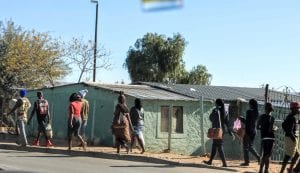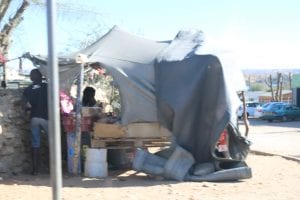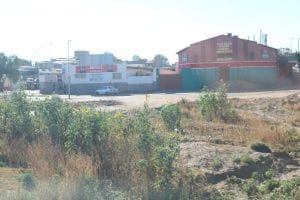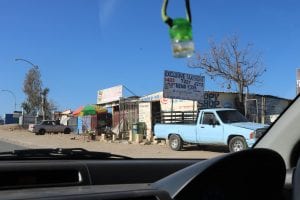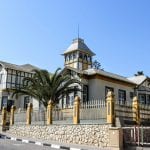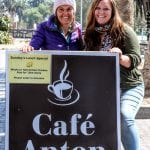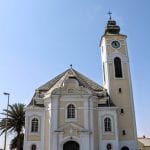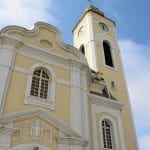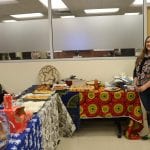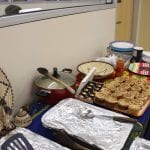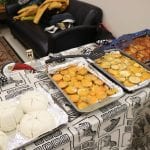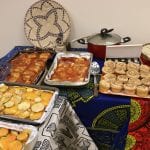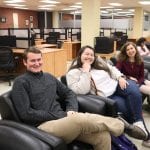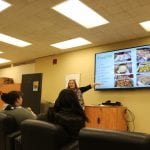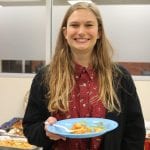In Namibia besuchten wir drei herausragende Museen. Sie waren die ……. Jedes hatte seine eigene Geschichte, zwei widersprachen sich gegenseitig und warfen ihr eigenes Licht auf die Geschichte Namibias. Das letzte war von einer anderen Art.
Windhoek:
Am ersten Tag in Namibia haben wir das Namibia Unabhängigkeitsmuseum besucht. Es war dieses große goldene Gebäude mit fünf Stockwerken. Jedes Stockwerk hat einen Aspekt der Geschichte Namibia. Es war grafisch und traurig, als wir in Kreisen spazierten und die fortwährende Ermordung von Namibia durch den Kolonialismus aus dem Blick der westlichen Entwicklung und der Macht überprüften. Das Museum bestätigt die namibische Perspektive des Völkermords und den Kampf um die Überwindung vieler mächtiger Mächte wie Deutschland und Südafrika. Durch dieses Museum kann man über den frühen Widerstand, das Konzentrationslager auf Shark Island, und den Tod von Tausenden Einheimischen und die Zerstörung Namibias erfahren.
[arve url=”https://youtu.be/FYb4KWAnJx8″ /]
Swakopmund:
Swakopmund war ein richtiges Stadt fur deustschland weil er ein Hafen ist, obwohl er nicht der beste war, Lüderitz war zu weit südlich und Walvis Bay unter britischer Besatzung. So entstand der Bau eine Eisenbahn von Swakopmund nach Windhoek unter einer Hamburger Fracht- und Reederei. Die Eisenbahn und die Anlegestelle halfen, deutsche Kolonialherren mit Notwendigkeiten und Macht zu versorgen. Im Swakopmund Museum gibt es eine offensichtliche deutsche Kultur, da Grafiken und Artefakte deutsches Erbe zeigen und Tafeln beschreiben, wie Deutschland Namibia mit Strom und Eisenbahn versorgt und das Land für die westliche Welt geöffnet hat. Im Vergleich zum Museum in Windhoek stellte dieses Museum die Deutschen als Retter dar, die Modernismus und technologischen Fortschritt brachten. Sie brachten westliche Medikamente, Ärzte, Kleider und in ihren Augen Frieden zu den Stämmen Namibias.
[arve url=”https://youtu.be/ovvp4aNgw7U” /]
Krystal Gallery:
Dann sind wir zur Kristall Galerie gegangen. Es ist die Galerie für den größsten Quarzkristall der Welt, und wir konnten wunderschöne Mineralien und Kristalle aus Namibia sehen.
